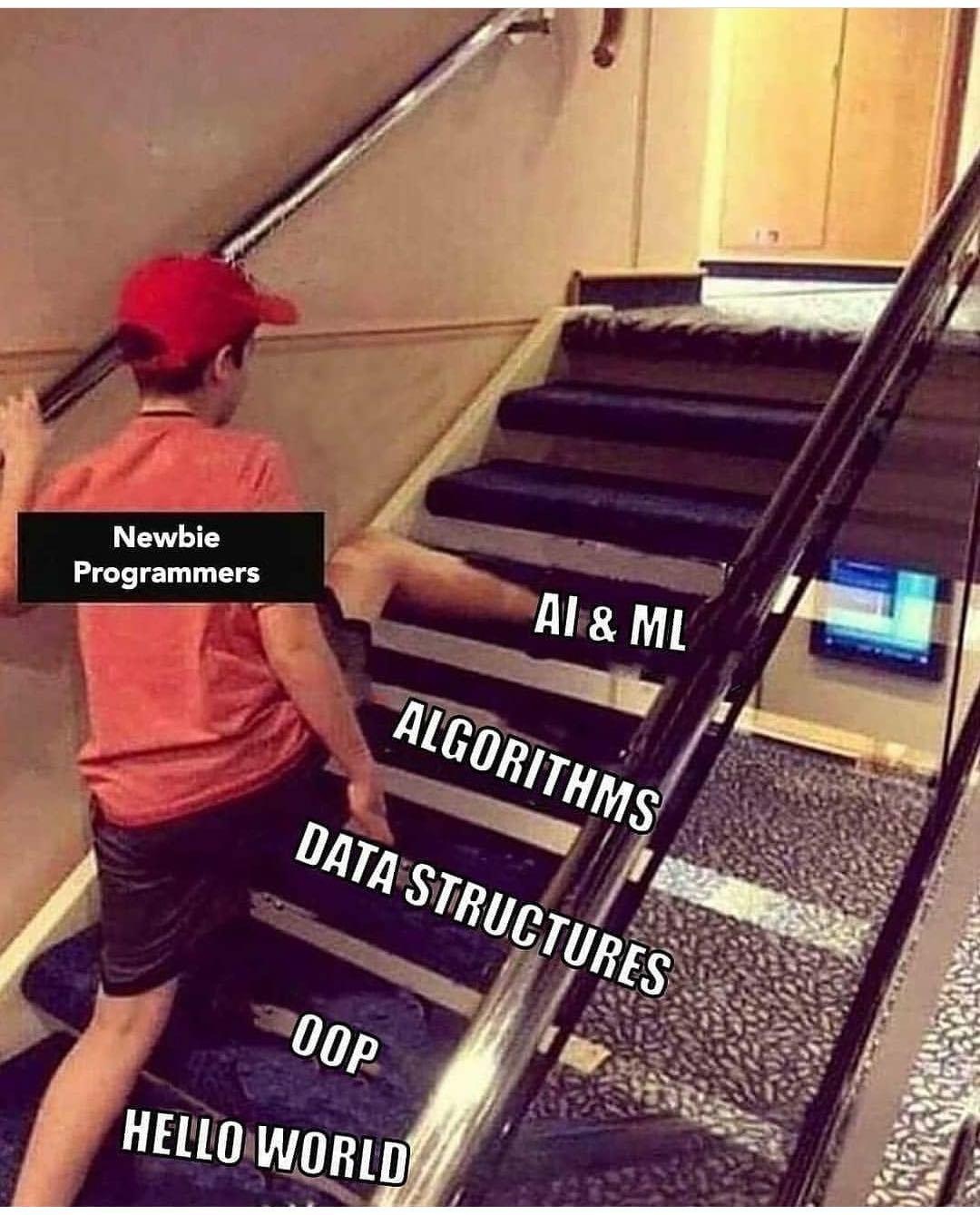This video is an experience in Kentucky(entire state) on how they integrated technology by using a KYAE Technology Consultant in their adult education programs.
The consultant uses the SAMR Model by Dr. Rueben Puentedura, which is Substitution, Augmentation, Modification, Redefinition, all to develop and use full technology in a new way to redefine and engage students and educators.
A large part of technology integration are using what students own devices. But, teacher's must engage this process, it actually starts with them. And the speaker is just asking them educators to start small using the technology with their students, not the old way of teacher, but the methods that they are endorsing across the state is using them together.<br>
They also talk about using surveys with experiences from instructors and students to see how they are measuring up in the success of this integration program. for example, are teachers using smart boards or did they try them and go back to not using them and why.
The process for which measuring success and needs for improvements are rubrics, point surveys, and a three year goal with technology plan to a total technology integration. Overcoming hurdles of device and internet access is addressed as well.
I think that this hits on learning environments, adult learning, and a possible profession for educational technology students as it is from the perspective of a technology consultant.
9/10
